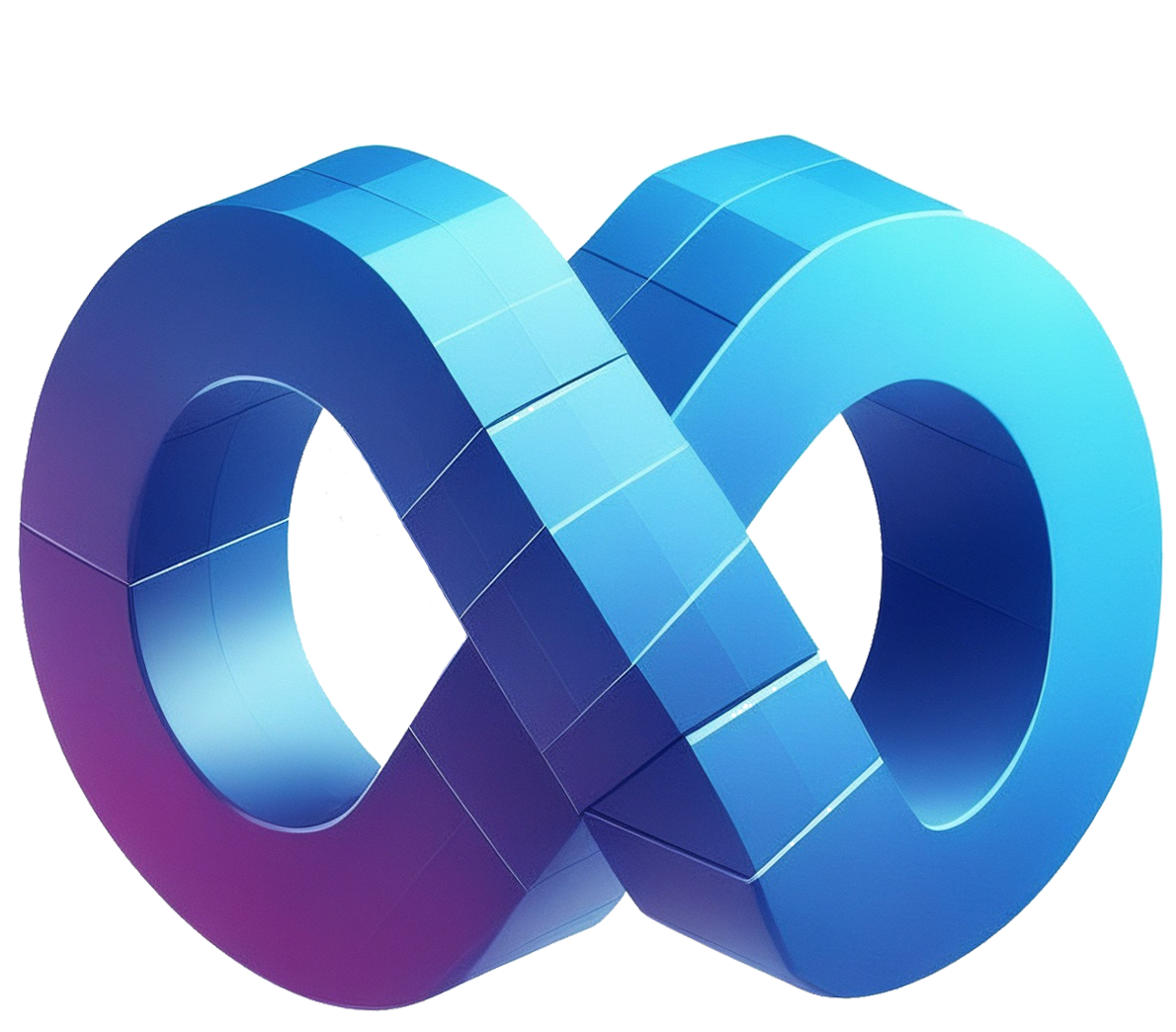Solana Co-Founder Proposes "Meta Blockchain" to Enhance Data Availability

Anatoly Yakovenko, co-founder and CEO of Solana Labs, has introduced a concept that could reshape how data is stored and accessed across blockchain networks. Speaking on social media, Yakovenko proposed the creation of a "meta blockchain," a unified structure designed to aggregate data from multiple blockchains, including Solana, Ethereum, and Celestia. This conceptual idea aims to address the challenge of affordable data availability, enabling projects to store large datasets efficiently while leveraging the strengths of different chains. The proposal comes at a time when blockchain technology is increasingly explored for its potential as a decentralized data repository.
Yakovenko’s meta blockchain vision centers on creating a system that combines blocks from various chains into a single, cohesive structure. By allowing data to be posted on whichever chain offers the cheapest storage at any given time, this approach could significantly reduce costs for projects requiring substantial on-chain data storage. Yakovenko emphasized that affordable data availability is key to lowering overall blockchain operational costs, as bandwidth remains a critical bottleneck. His proposal seeks to make data storage not only cost-effective but also flexible, catering to diverse project needs.
Stay In The Loop and Never Miss Important Crypto News
Sign up and be the first to know when we publishA Unified Approach to Data Storage
The meta blockchain would enhance decentralization by distributing data across multiple chains, ensuring greater resilience and accessibility. Yakovenko noted that users could choose between faster finality or lower costs, depending on their priorities, as long as the merge rule for combining data remains deterministic. This flexibility could make the meta blockchain appealing for a wide range of applications, from decentralized finance to data-intensive Web3 projects. By leveraging the unique strengths of chains like Ethereum’s security, Solana’s speed, and Celestia’s data availability focus, the meta blockchain could create a robust ecosystem.
To bring this concept to life, Yakovenko outlined a potential transaction structure. He suggested that transactions on the meta blockchain could reference the latest block headers from participating data availability layers. For example, a transaction posted on Solana could include the most recent block data from Ethereum and Celestia, ensuring seamless integration across chains. This technical framework demonstrates the feasibility of Yakovenko’s vision, offering a practical path toward implementation.

